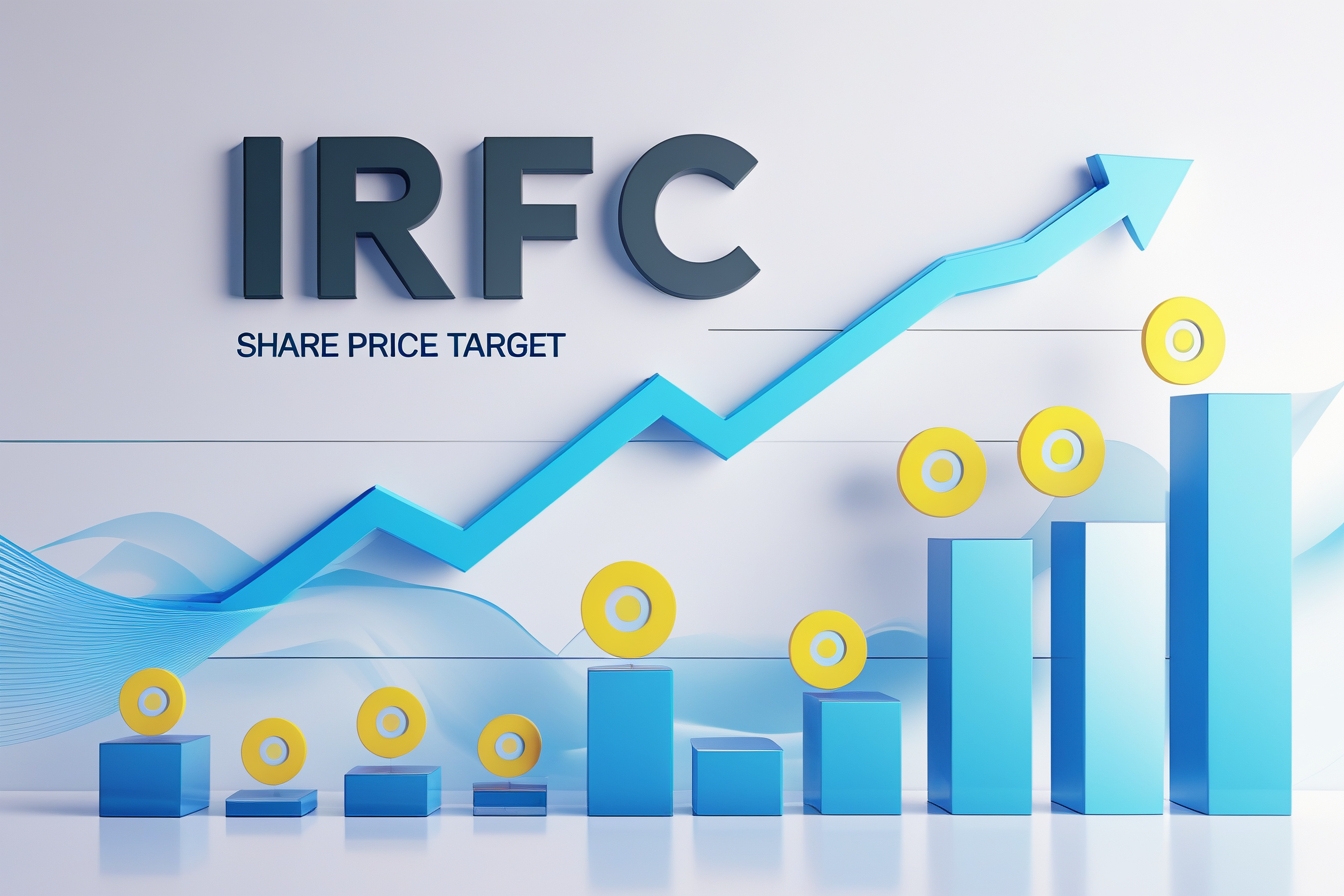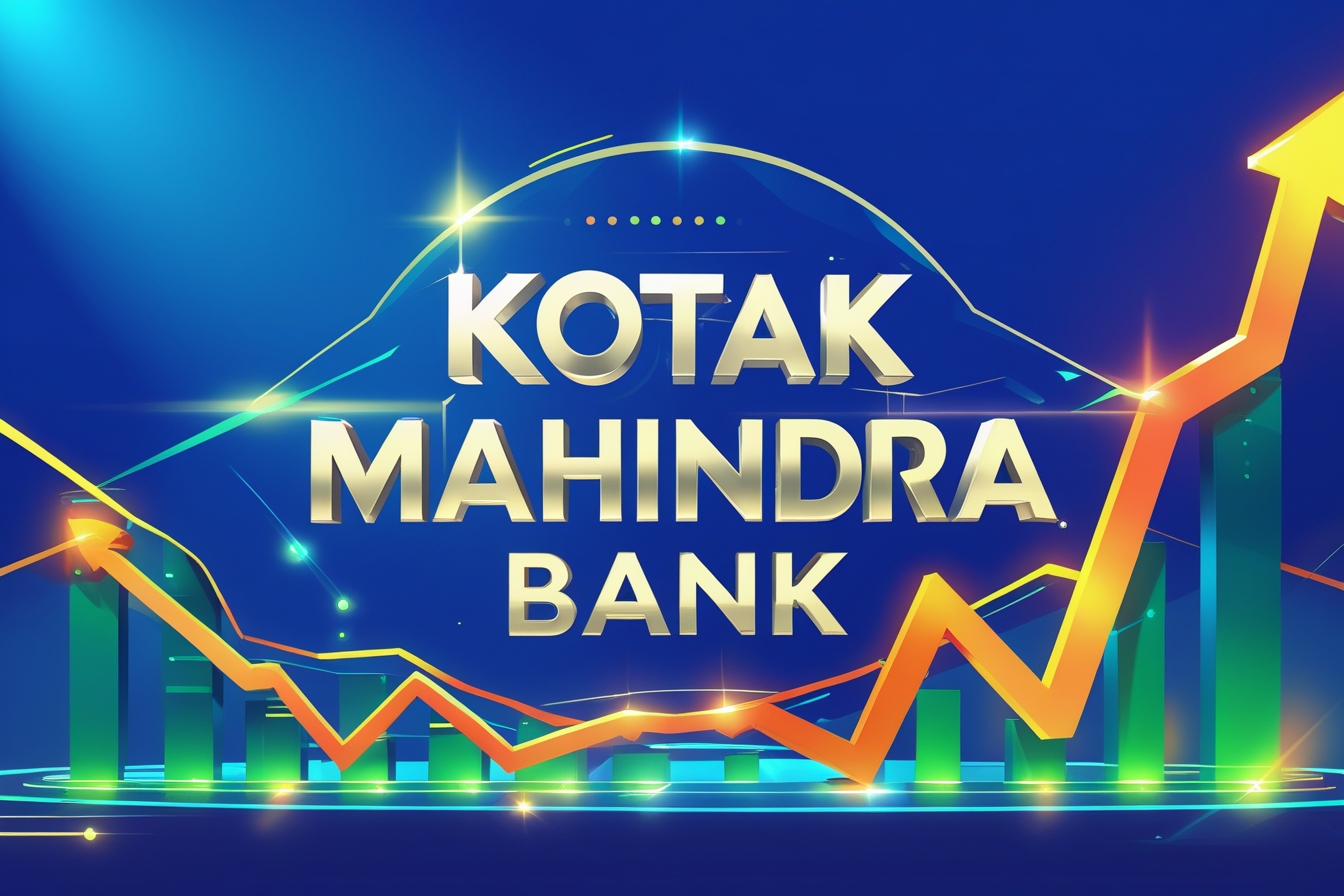Indian Railway Finance Corporation (IRFC) has long been a cornerstone of India’s railway financing. Established in 1986, this government-owned entity not only fuels the growth of the Indian Railways but also plays a pivotal role in financing the acquisition of rolling stock assets—such as locomotives, coaches, containers, and cranes.
In this post, we take a closer look at IRFC’s fundamentals, analyze IRFC share price targets for the next few years, and discuss the qualitative factors that make it a stock worth watching.
Company Overview & Fundamentals
Key Financial Metrics of IRFC
| Metric | Value |
|---|---|
| Market Cap | ₹1,63,356 Cr |
| NSE Symbol | IRFC |
| ROE (Return on Equity) | 13.7% |
| P/E Ratio | 25 |
| P/B Ratio | 3.13 |
| Dividend Yield | 1.20% |
| Debt to Equity | 8.38 |
| 52-Week High | ₹229 |
| 52-Week Low | ₹117 |
IRFC Share Price Target (2025-2030)
IRFC Share Price Target for 2025
IRFC Share Price Target for 2025
- Expected Price Range: ₹115 – ₹158
- Month-wise Predictions:
Month(2025) | Expected Target price |
Jan-25 | 115 |
Feb-25 | 128 |
Mar-25 | 131 |
Apr-25 | 123 |
May-25 | 124 |
Jun-25 | 117 |
Jul-25 | 120 |
Aug-25 | 124 |
Sep-25 | 126 |
Oct-25 | 139 |
Nov-25 | 140 |
Dec-25 | 158 |
IRFC Share Price Target for 2026
- Expected Price Range: ₹172 – ₹251
- January 2026 Target: ₹172
- December 2026 Target: ₹250
IRFC Share Price Target for 2027
IRFC Share Price Target for 2028
IRFC Share Price Target for 2029 & 2030
Year | Minimum Price (₹) | Maximum Price (₹) |
2029 | 270 | 535 |
2030 | 520 | 734 |
Why IRFC is Poised for Long-Term Growth?
Indian Railway Finance Corporation (IRFC) plays a crucial role in funding the expansion and modernization of Indian Railways. As the primary borrowing arm of the railway sector, it provides financing for rolling stock, infrastructure projects, and other capital-intensive initiatives. While IRFC has seen strong growth in recent years, concerns have emerged following the latest budget announcement. Investors are now questioning whether IRFC can sustain its long-term momentum.
The Exclusive Role of IRFC in Railway Financing
Unlike other financial institutions, IRFC operates in a monopoly-like position when it comes to railway financing. It does not compete in the open market but instead focuses solely on raising funds for Indian Railways. This gives IRFC a level of stability that most companies do not have.
Here’s why this is significant:
- IRFC funds rolling stock procurement, including locomotives, coaches, and wagons.
- It finances railway infrastructure projects, such as track laying, electrification, and station modernization.
- The company lends exclusively to Indian Railways, ensuring low credit risk and stable returns.
Since Indian Railways is a government-owned entity, IRFC benefits from assured demand and predictable revenue. This makes it a relatively low-risk investment compared to other NBFCs.
Budget Constraints: A Potential Challenge?
Despite railway expansion being a key national priority, the government’s capex allocation for FY26 remained unchanged from FY25. This is concerning because Indian Railways requires substantial funds for:
- Track laying and gauge conversion
- Electrification and modernization of signaling systems
- Rolling stock procurement and high-speed rail projects
Moreover, internal and extra-budgetary resources (IEBR), which include funds raised through IRFC, have remained static at ₹13,000 crore for FY26, the same as FY25. This is significantly lower than ₹52,783 crore in FY24, raising concerns about whether major railway projects will proceed at the expected pace.
A higher IEBR would have allowed faster execution of projects, benefiting IRFC directly. The lower allocation might slow down the growth rate of railway infrastructure, indirectly impacting IRFC’s lending volume.
Safety Investments and Their Impact on IRFC
Railway safety has become a major concern, especially after recent rail accidents. The government has been pushing for technological advancements like Kavach, an automatic train protection system aimed at reducing collisions.
However, the budget allocation for Signaling and Telecom work in FY26 stands at ₹6,800 crore, which experts believe is insufficient.
Shailendra Kumar Goel, former Director General of the Indian Railways Institute of Signal Engineering and Telecommunications, stated that the funding for safety initiatives like Kavach is not enough to meet the ambitious target of implementing it across 44,000 route km in the next five years.
Given that IRFC plays a role in funding railway modernization, a lack of sufficient investment in safety projects could affect future financing opportunities.
While the short-term volatility and budget constraints may create some concerns, IRFC remains a strong long-term investment option due to its:
- Monopoly-like role in railway financing
- Stable revenue stream from Indian Railways
- Government backing and policy support
- Strong financial fundamentals and consistent profits
- Ability to raise funds at low costs due to high credit ratings
Although the unchanged budget allocation and lower IEBR funding may slow down some railway projects in the short term, IRFC is positioned to benefit in the long run as infrastructure investment continues.
For investors looking for stable returns with long-term growth potential, IRFC remains one of the most reliable options in the railway sector.
Disclaimer
This post is for informational purposes only and should not be considered financial advice. Investors are encouraged to conduct independent research before making investment decisions. Given target credit goes to here





